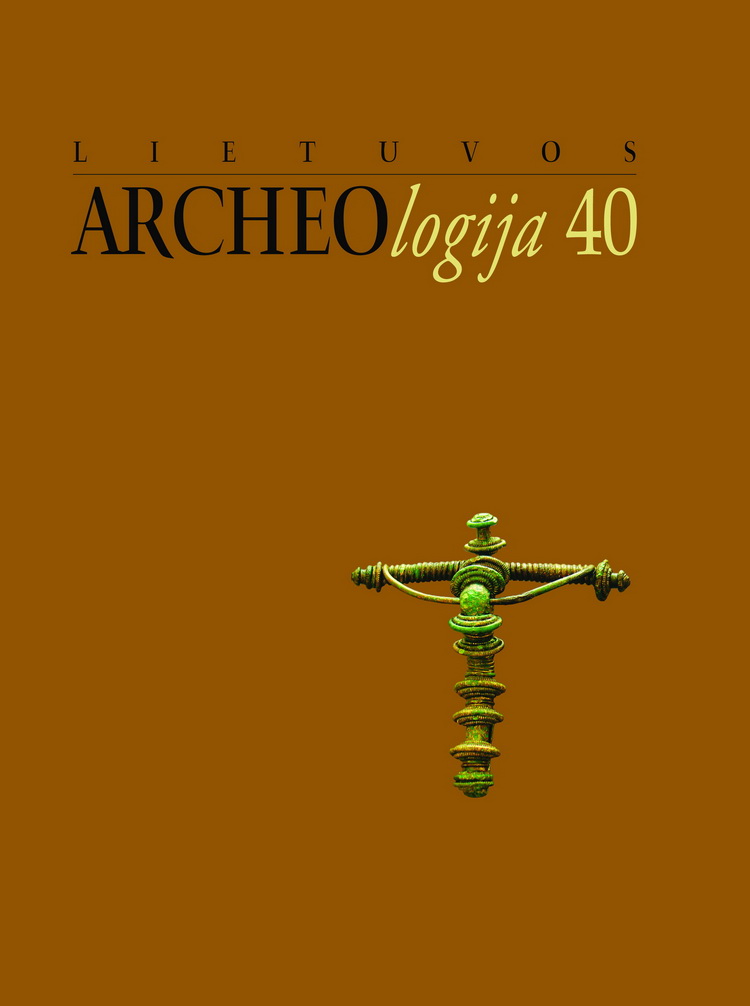Gender roles in the prehistoric communities of West Lithuania‘s micro-areas between the Late Roman Iron Age and the Late Migration Period
Gender roles in the prehistoric communities of West Lithuania‘s micro-areas between the Late Roman Iron Age and the Late Migration Period
Author(s): Rasa Banytė-RowellSubject(s): Archaeology
Published by: Lietuvos istorijos institutas
Keywords: Žviliai and Pagrybis cemeteries; grave goods; gender; seriation; symbols of ‘masculinity’ and ‘femininity’
Summary/Abstract: This article surveys grave goods found in Žviliai and Pagrybis Cemeteries in the Upper Jūra region (West Lithuania) as symbols of gender. Using the WinBASP software seriation tool, male and female types of grave goods were distinguished as well as types common to both genders. The author seeks to detect changes and continuity in the burial traditions for males and females in respect to the tradition of placing specific types of grave goods in burials from the three periods (Late Roman Iron Age, Early Migration Period, Late Migration Period). If grave goods are regarded as gender symbols, their choice for males and females probably reflects areas of ‘masculinity’ and ‘femininity’ in real life. This phenomenon can be confirmed with the help of Baltic, Germanic, and Slavonic mythology sources in which the domains of the gods and humans are intertwined.
Journal: Lietuvos archeologija
- Issue Year: 2014
- Issue No: 40
- Page Range: 99-138
- Page Count: 40
- Language: English

